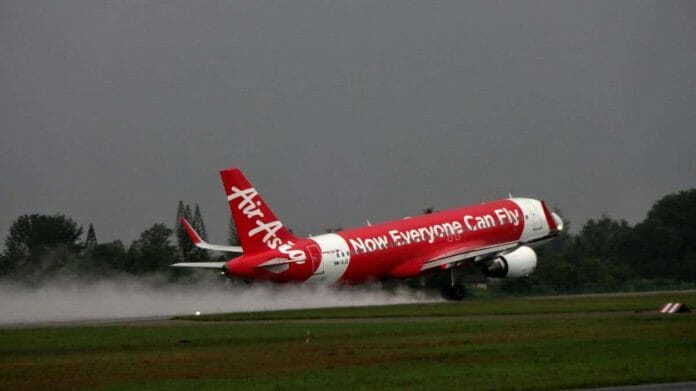Despite historically being the lowest during the Ramadan month, passenger traffic in Malaysia stayed above 7.0m in Mar-24 for two months in a row.
On the Aviation Sector, MIDF Research said today that this indicates a 79% recovery (domestic: 73%, international: 86%). Comparing the statistics to Jan-24, which was a normal month, there was a slight increase of +1.5% (+3,300 passengers) in the average daily passengers.
Notably, last month boasted the highest load factors to date, with international flights reaching 81% and domestic flights reaching 79%.
1QCY24 passenger traffic. In total for 1QCY24, passenger traffic recovered to 86% (domestic: 73%, international: 86%). There were 1,386 more weekly flights than in 1QCY23, mainly due to new airline operations such as Air Macau, Loong Air, Turkmenistan, and Flydubai.
During the quarter, Iraqi Airways reestablished its presence in Malaysia, while existing airlines resumed their operations to previously served markets and introduced new services. Among the new services from Kuala Lumpur (KUL) operated by foreign airlines are flights to Kunming, Beijing Daxing, and Chengdu, possibly taking advantage of the visa-free waiver.
Outlook. Concerning the geopolitical conflicts in West Asia, Malaysia’s passenger traffic exposure to Iran is limited. Airlines including Malaysia Airlines have altered flight routes to avoid affected airspace, thereby minimising disruptions. A notable challenge arising from this conflict is the increase in jet fuel prices. Locally, MIDF Research finds that the impact is partially mitigated by the ongoing implementation of fuel surcharges, and the higher average airfares compared to pre-Covid times, attributed to reduced aircraft availability.
Meanwhile, the eruption of Mount Ruang had a relatively contained impact, as flights were reinstated, resulting in no actual loss in traffic. Complete resolution may take some time, particularly considering the recent Eid holidays, during which traffic was notably heavy including returning passengers from Umrah.
Maintain NEUTRAL. MIDF Research outlook on passenger traffic remains consistent, with projections indicating a +2.0% growth compared to 2019 levels, aligning with MAVCOM’s higher range forecast.
However, notable downside risks include potential delays in AirAsia’s full fleet reactivation and disruptions in Boeing aircraft deliveries to local airlines.









